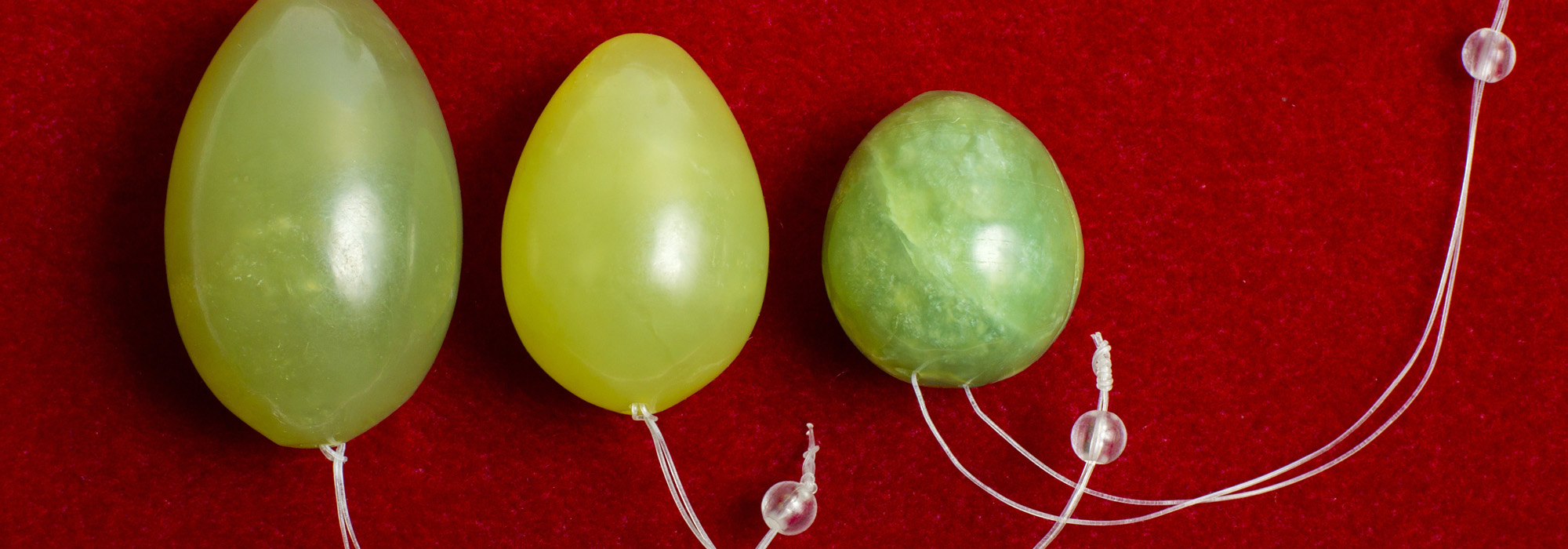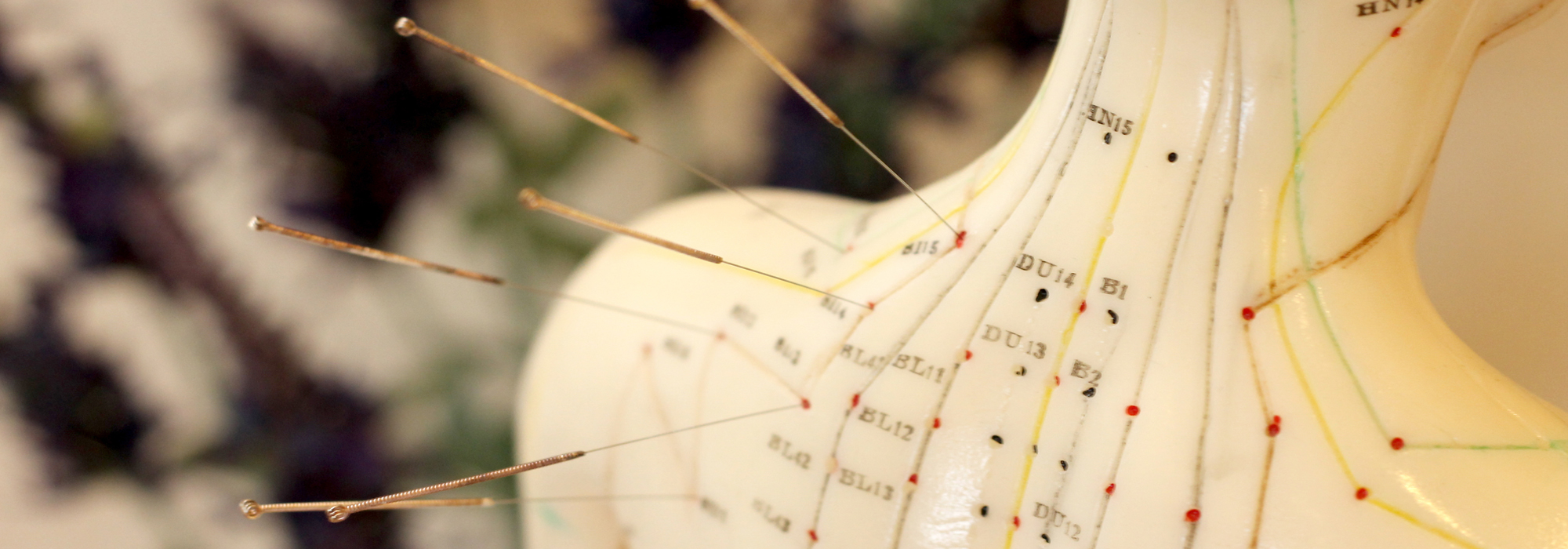
When the advocates of complementary and alternative medicine (CAM) push back against critics, they often point to the big CAM “successes.” The argument usually goes as follows: the heartless science-informed cynics have long said acupuncture (or some other CAM practice) doesn’t work, but now it is accepted throughout the world! So the cynics are wrong about everything. Mic drop.
This I-told-you-so approach is flawed on many levels. Let me touch on just a few.
First, believe it or not, this isn’t a contest. The wonderful thing about being science-based is that you can embrace stuff that works, regardless of where it comes from. If the evidence is compelling, let’s use it. But if a practice that is associated (rightly or not) with CAM shows possible promise in a few limited contexts (for example, mindfulness), this does not mean that, somehow, the already debunked CAM stuff works. It isn’t a justification for ignoring what the evidence says about homeopathy, detoxes, ionic foot baths, chelation therapy, IV therapy, reiki, etc.
Second, and most important, the evidence surrounding the CAM “successes,” including acupuncture, hardly justifies the claim of a clear, mic-drop, in-your-face “win” for woo-woo. On the contrary, despite decades of research, thousands of studies and much debate, the evidence in support of acupuncture remains, to put it kindly, confused. Most systematic reviews, such as those done by the Cochrane Collaboration, find either no benefit or insufficient or poor-quality evidence to make a strong recommendation for the use of acupuncture for almost any condition. And, in general, the better the methodological rigour of the study — such as utilizing randomized controlled trials that involve a sham treatment arm — the more it seems like the (almost always small) benefits can be attributed to a combination of regression to the mean (a.k.a., people usually get better on their own) and the placebo effect.
There is no doubt that the placebo effect is, obviously, a thing (though we should take care not to overstate its power or underestimate its complexity). Recent studies have found, for example, that a placebo performance enhancer can lead to faster sprint times. And it seems likely that using a placebo can provide benefit in a variety of clinical situations.
In the context of CAM, the placebo effect may be particularly strong. Many CAM treatments are provided in an elaborate clinical setting that is often infused with the exotic and comes with an ancient and appealing historical backstory. And, of course, you are usually paying for the service (recent research has found that more expensive placebos are perceived to work better than cheaper placebos). All of this can create a powerful placebo theatre that enhances the expectation and experience of benefit.
This raises an interesting policy challenge. If the alleged benefits of a CAM treatment are mostly (or even partly) due to the placebo effect, why not simply embrace this reality? Why not allow the construction and support of a variety of placebo theatres?
Indeed, some have advocated for exactly this, pushing for the use of placebos in the clinical context and suggesting that practices should be structured to enhance the placebo effect. A clinical benefit is a clinical benefit, after all.
But there are deep problems with this approach. It is, for example, likely illegal and unethical. At some level, it requires deceiving patients. (Yes, I am aware of the controversial studies that suggest a placebo may still work without deception.) In Canada, you can’t lie or withhold relevant information from a patient, even for the benefit of a patient. The law on informed consent demands that clinicians disclose what the relevant evidence says about a therapy. If the evidence says it doesn’t work or that the evidence of benefit is weak or likely due, wholly or in part, to the placebo effect, this must be disclosed.
More broadly, withholding, minimizing or spinning what the available evidence says about a procedure may facilitate the legitimization of clearly harmful applications of the same technique. For instance, if we allow the maintenance of a placebo theatre for the purpose of, say, lower back pain, might this make it easier for practitioners to market the same procedure for other conditions for which there is clearly no benefit? Indeed, an erosion of critical analysis — which the maintenance of a placebo theatre demands — may facilitate a validation of the science-free or supernatural underpinnings of a practice. (In the case of acupuncture, this would be the idea that there is a life force energy that runs through well-defined meridians.) And there is some evidence that this is exactly what is happening. Some Canadian universities, for example, make uncritical reference to acupuncture, suggesting it works with the “body’s energy that flows along well-defined pathways called meridians.”
Deception and the neglect of critical thinking is hardly a way to build a solid foundation for a sustainable health care system. And, in the long term, it is no way to maintain public trust. I want to be clear: I am open to the possibility that sticking needles into a person could have some kind of biological impact — though, to date, the research does not support the idea that acupuncture is a clear, slam-dunk, we-need-to-embrace-this therapy success story. (It is important to note that this placebo problem also exists with many common conventional procedures, including minor surgery and many high-tech practices, like the use of platelet-rich plasma for sports injuries.)
I have experienced acupuncture several times, in both Hong Kong and Canada. It was an entirely positive experience. Indeed, the placebo theatre was impressive. The caring practitioners, always dressed in white coats, diagnosed my health issues by looking at my tongue and feeling my pulse. They explained the meridian system and the flow of my “chi” using science-y-looking charts. It was a perfect marriage of the ancient with the trappings of the modern. The procedure was pain free and relaxing. I can genuinely understand why people enjoy the process — and why a placebo response is so common.
In reality, holding out acupuncture as an exemplar for CAM demonstrates the poor state of evidence surrounding most alternative therapies. If this is what a “win” looks like, then calling the rest placebo-inducing hokum seems too kind.
Photo: Shutterstock, by B.Corn.
Do you have something to say about the article you just read? Be part of the Policy Options discussion, and send in your own submission. Here is a link on how to do it. | Souhaitez-vous réagir à cet article ? Joignez-vous aux débats d’Options politiques et soumettez-nous votre texte en suivant ces directives.








